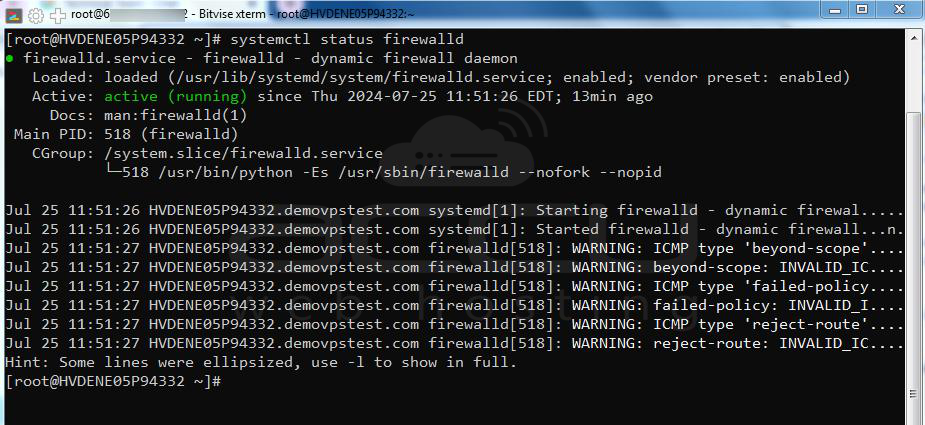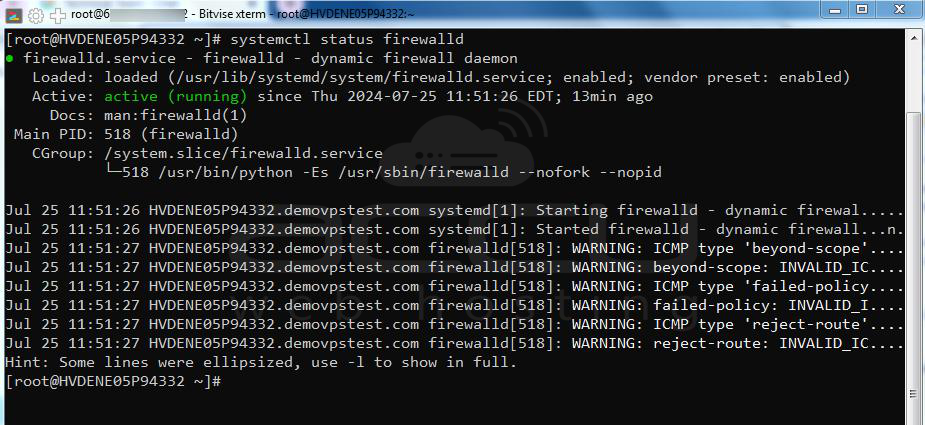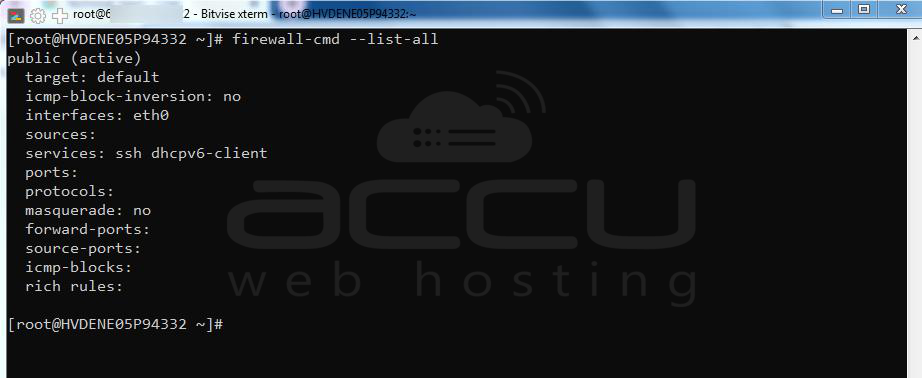Firewalld is an open-source firewall for your computer that helps block unauthorized access. It's commonly required by security teams in modern organizations and is also useful for everyday computer use.
If you use Linux, you can use firewalld to allow or block network access to certain services or IP addresses. Firewalld is built into CentOS/RHEL 8 and most RHEL-based systems like Fedora.
You can set up firewall rules in firewalld using the firewall-cmd command-line tool.
Before making any changes, let's enable the firewalld service using the systemctl utility like this:
# systemctl enable firewalld

After enabling it, you can start the firewalld service by running:
# systemctl start firewalld

To check if firewalld is running, use this command:
# systemctl status firewalld
The output will confirm that the Firewalld service is active.

Configuring Rules Using Firewalld
Now that firewalld is running, we can set up some rules. Firewalld lets you open and block ports and manage access for IP addresses. Remember to reload the firewall after making changes for them to take effect.
Adding a TCP/UDP Port
To add a port, like port 443 for HTTPS, use this command. Specify if it's a TCP or UDP port after the port number:
# firewall-cmd --add-port=443/tcp --permanent

To add a UDP port, use:
# firewall-cmd --add-port=53/udp --permanent
The --permanent flag ensures the rules stay even after a reboot.

Blocking a TCP/UDP Port
To block a TCP port, like port 443, use:
# firewall-cmd --remove-port=443/tcp --permanent

To block a UDP port, use the same format:
# firewall-cmd --remove-port=53/udp --permanent

Allowing a Service
Network services are listed in the /etc/services file. To allow a service like HTTPS, run:
# firewall-cmd --add-service=https

Blocking a Service
To block a service, like HTTPS, run:
# firewall-cmd --remove-service=https

Saving Firewall Rules
If you have made any changes to the firewall rules, you need to run the command below for the changes to be applied immediately:
# firewall-cmd --reload

Viewing the Firewall Rules
To have to peek at all the rules in the firewall, execute the command:
# firewall-cmd --list-all

Conclusion:
You should now thoroughly understand how to administer the firewall service on your CentOS system for day-to-day use.
The Firewalld service allows you to configure maintainable rules and rulesets that consider your network environment. It also allows you to seamlessly transition between different firewall policies through the use of zones. Acquiring work knowledge of this system will allow you to take advantage of this tool's flexibility and power.



